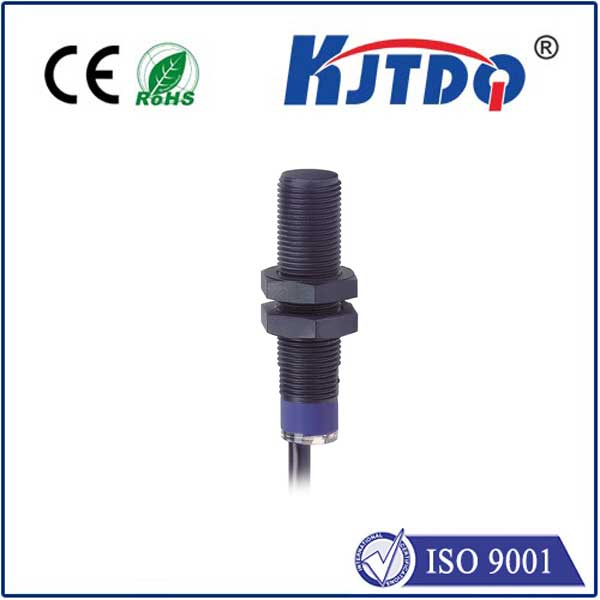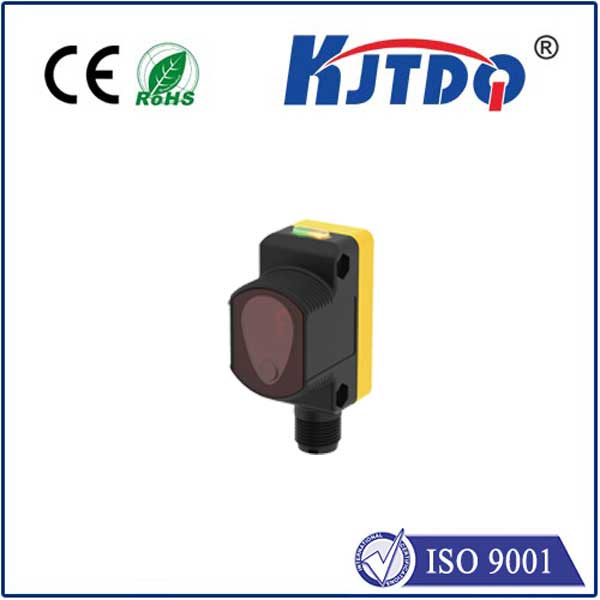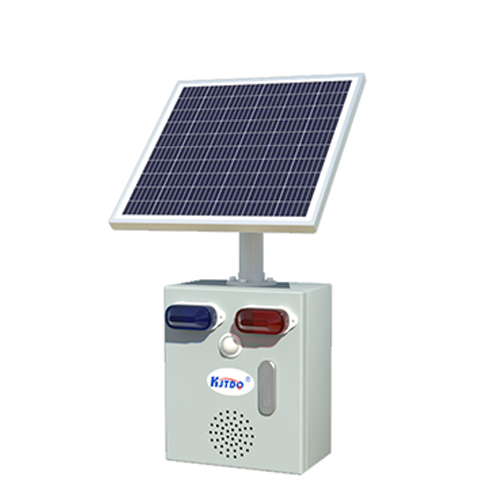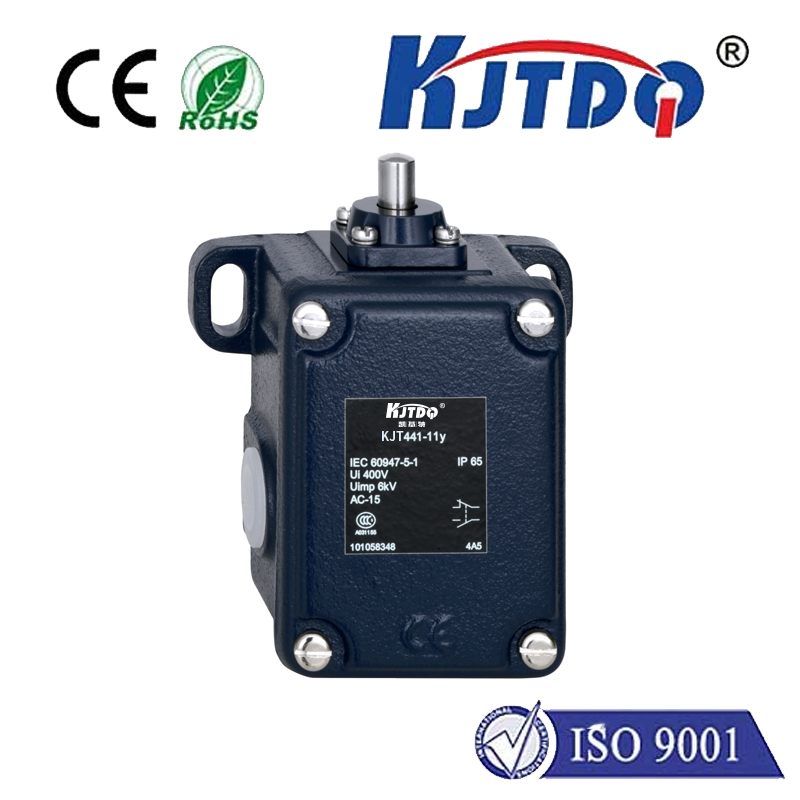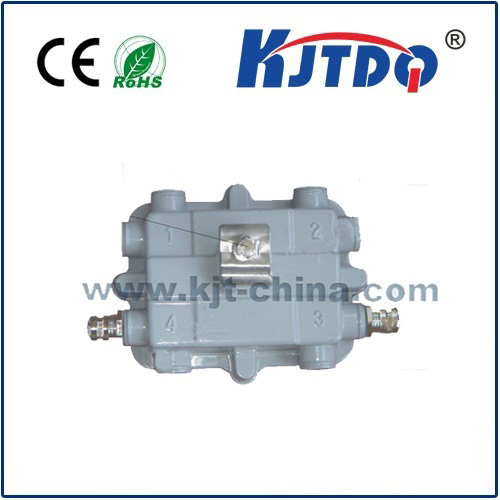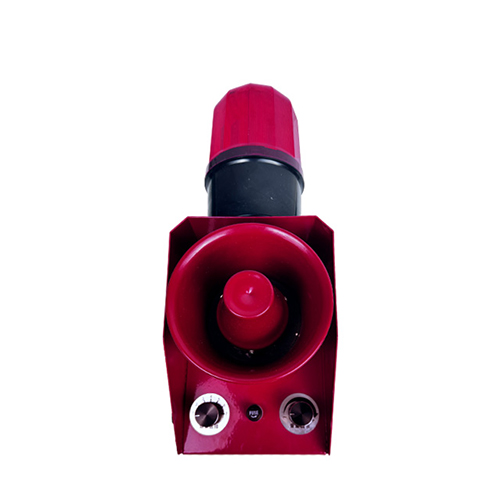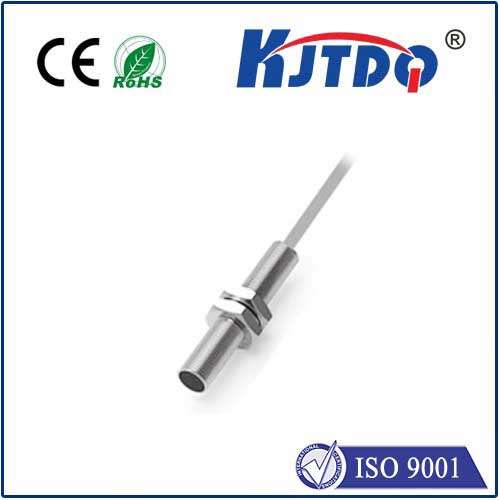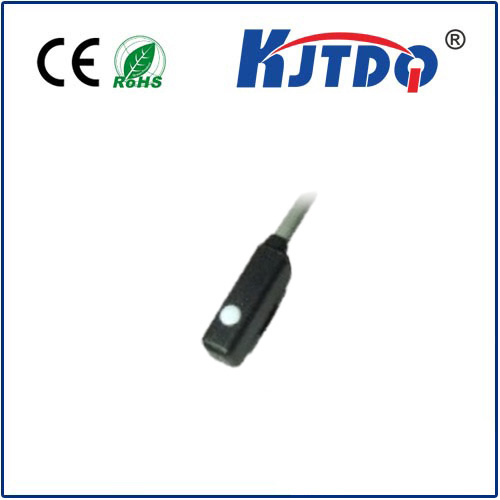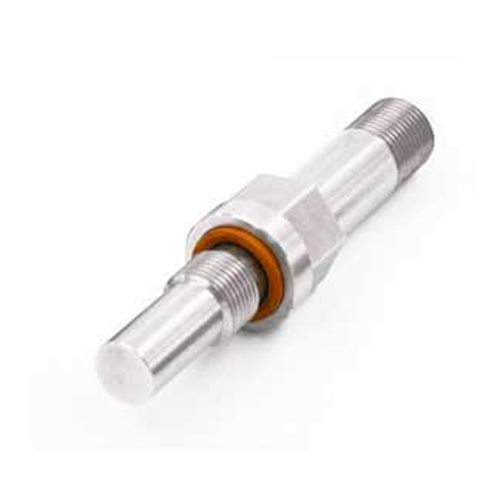Imagine the rigorous conditions inside a petrochemical plant, a flour mill engulfed in combustible dust, or a solvent-laden paint booth. In these volatile settings, a simple spark or excessive heat generated by standard electrical equipment isn’t just a malfunction—it could trigger a catastrophic explosion. This is where the взрывобезопасный ограничитель transcends its role as a mere sensor, becoming an indispensable guardian of safety and operational integrity. This critical piece of equipment provides reliable position detection and process control where the stakes are profoundly high.
Understanding the Core: What is an Explosion Proof Limit Switch?
At its essence, a limit switch is an electromechanical device designed to detect the presence or absence of an object, limit machine travel, or sequence operations. It typically consists of an actuator mechanically linked to a set of electrical contacts. When an object makes contact with the actuator, it triggers movement that either opens or closes the contacts, sending an electrical signal to a control system.
What elevates a standard limit switch to an взрывобезопасный ограничитель is its specialized construction and rigorous certification. These are engineered specifically for installation within Hazardous Locations – areas classified based on the presence and nature of flammable gases, vapors, liquids, combustible dusts, ignitable fibers, or flyings.
The core function remains position sensing, but the design philosophy shifts radically to prioritizing intrinsic safety and preventing ignition, even under fault conditions.
Navigating the Hazardous Terrain: Understanding Classifications
The need for explosion protection isn’t uniform. Different environments pose distinct risks, governed by strict classification systems like the National Electrical Code (NEC) in the US (Classes, Divisions, Groups) or the ATEX Directive in Europe (Zones, Gas Groups, Dust Groups). Key distinctions include:

Within each Class, Divisions (NEC) or Zones (ATEX/IECEx) further define the likelihood of a hazardous atmosphere being present. For example, Class I, Division 1 signifies that ignitable concentrations of flammable gases or vapors are likely to exist under normal operating conditions, presenting the highest level of risk. An взрывобезопасный ограничитель for such an area must meet exceptionally stringent requirements.
The Engineering Behind the Safety: How Explosion Proofing Works
Explosion proofing doesn’t imply the switch is immune to explosions. Instead, its design follows one or more core protection methods:
Prevention of Ignition Source (Intrinsic Safety - Ex ‘i’): This approach focuses on limiting the electrical energy (voltage and current) within the switch’s circuitry to levels incapable of generating a spark or thermal effect that could ignite a specific hazardous atmosphere. This often involves associated barriers located in a safe area.
Sealing (Encapsulation - Ex ’m’, Dust Ignition Proof - Ex ’t’): For dust environments (Class II/Zone 20/21/22) or specific gas applications, encapsulation seals the critical components in resin, while dust ignition-proof enclosures prevent combustible dust ingress and limit surface temperatures.
A high-quality взрывобезопасный ограничитель will clearly state its certifications and specific protection methods (e.g., UL Listed for Class I, Division 1, Groups C&D; ATEX II 2G Ex db IIC T6 Gb).
Where Safety is Non-Negotiable: Critical Applications
Explosion proof limit switches are vital wherever flammable atmospheres coincide with machinery requiring position feedback. Key sectors include:
In these settings, the switch isn’t just about efficiency; it’s a fundamental component of the explosion protection strategy.
Selecting the Right Guardian: Key Considerations
Choosing the correct взрывобезопасный ограничитель involves more than just the hazardous location rating. Critical factors include:
Installation & Maintenance: Ensuring Ongoing Safety
Proper installation by qualified personnel following manufacturer instructions and applicable electrical codes (e.g., NEC Articles 500-504) is paramount. This includes correct conduit sealing (conduit seals) where required to prevent flame propagation through wiring systems. Regular inspection
